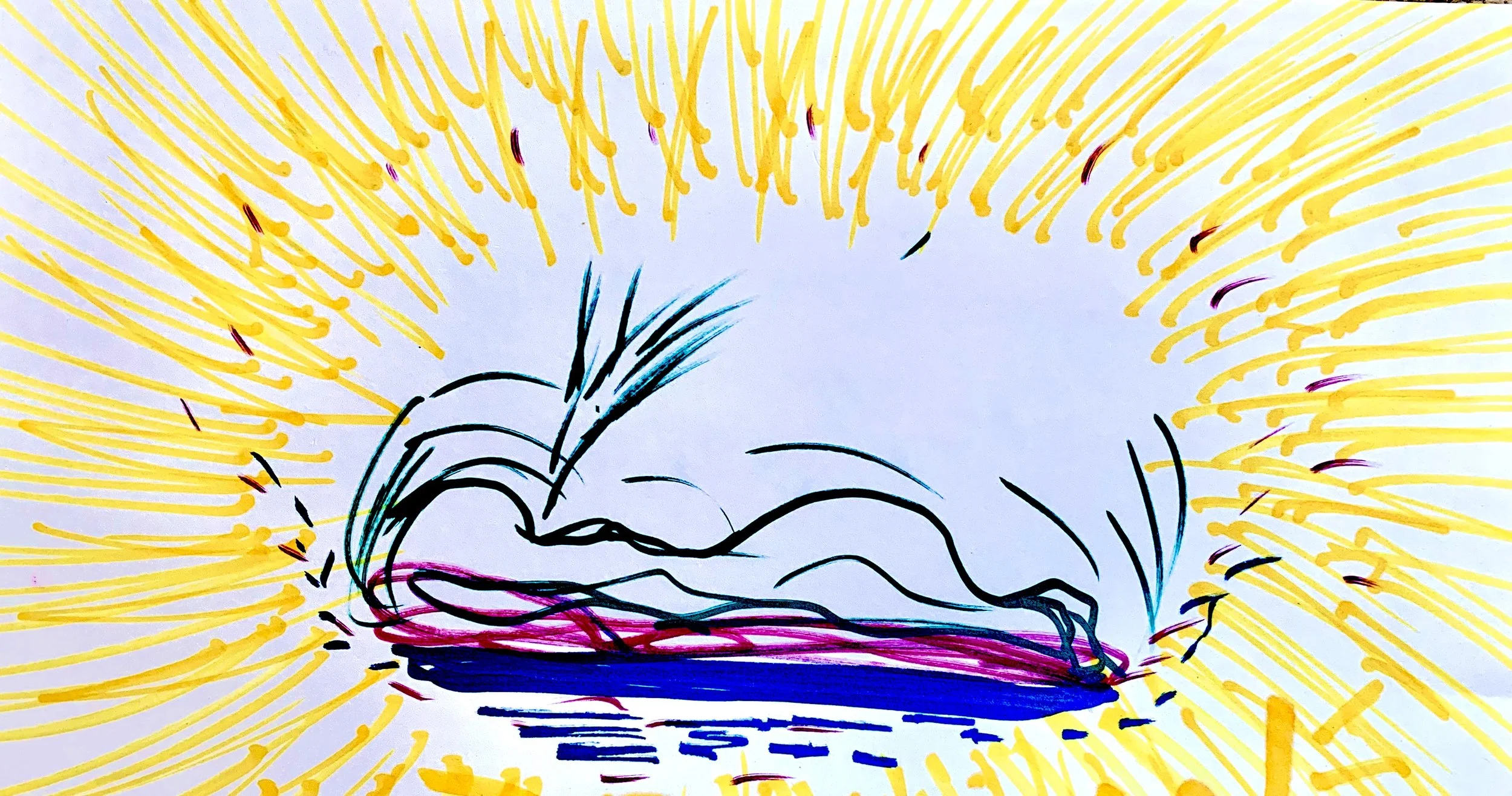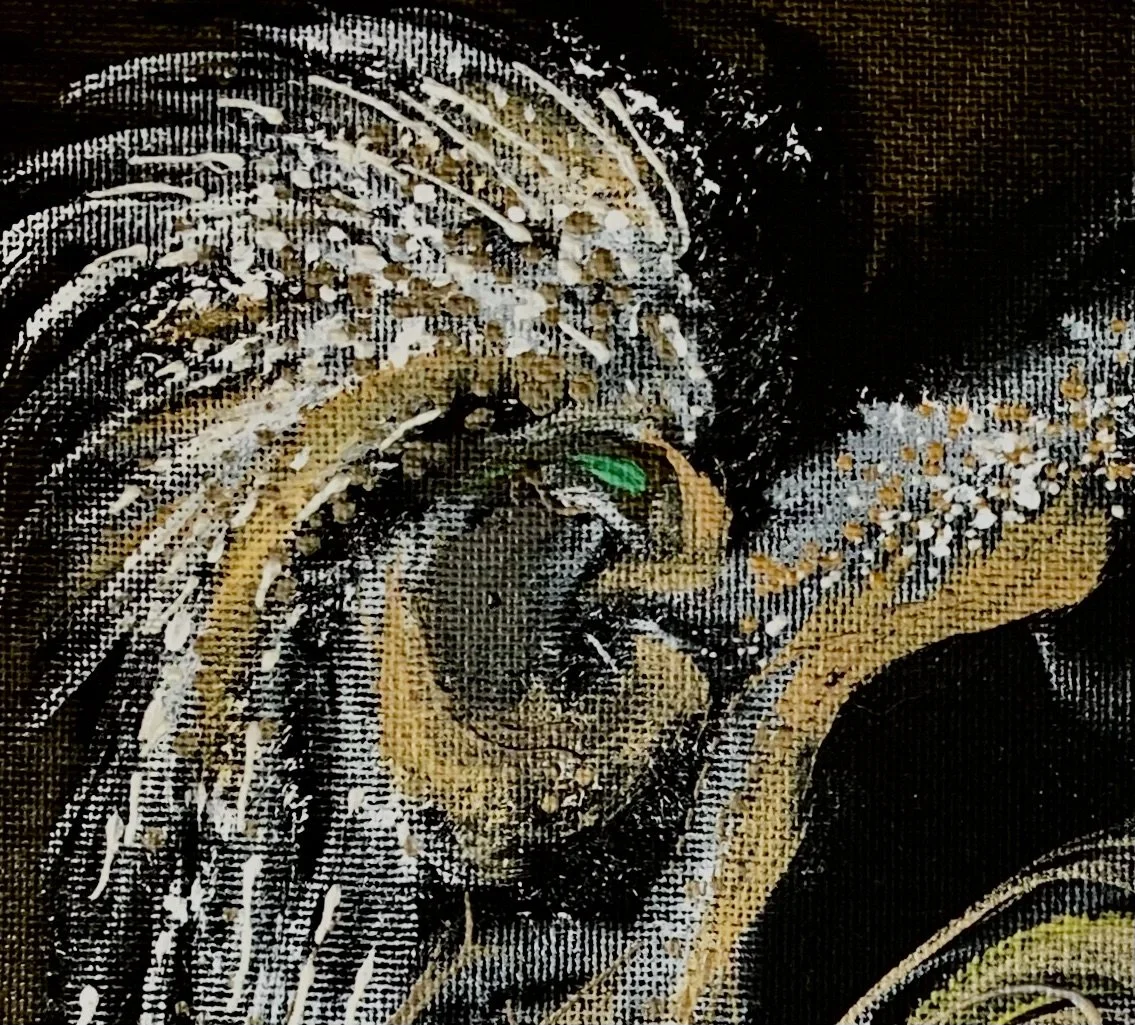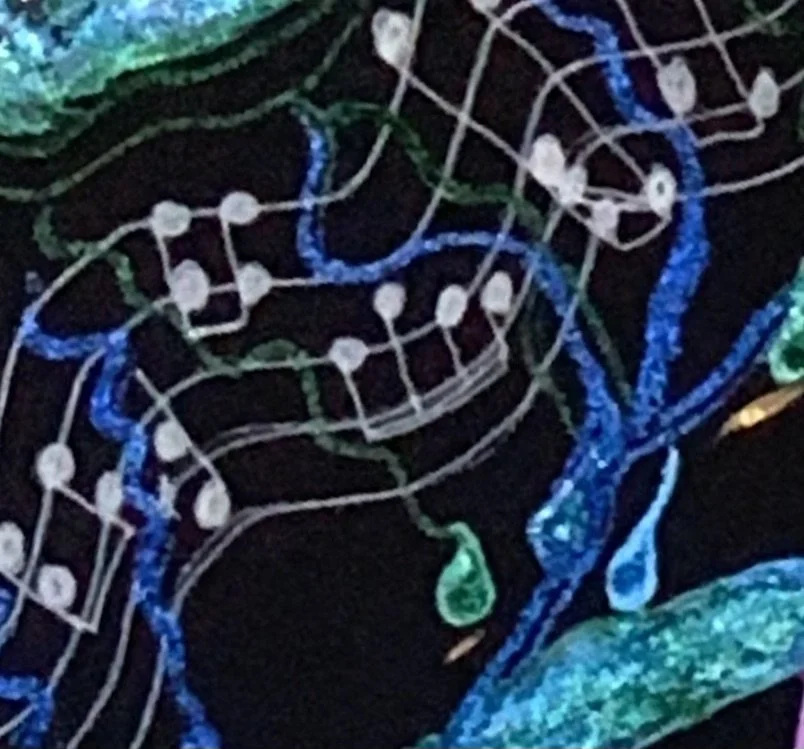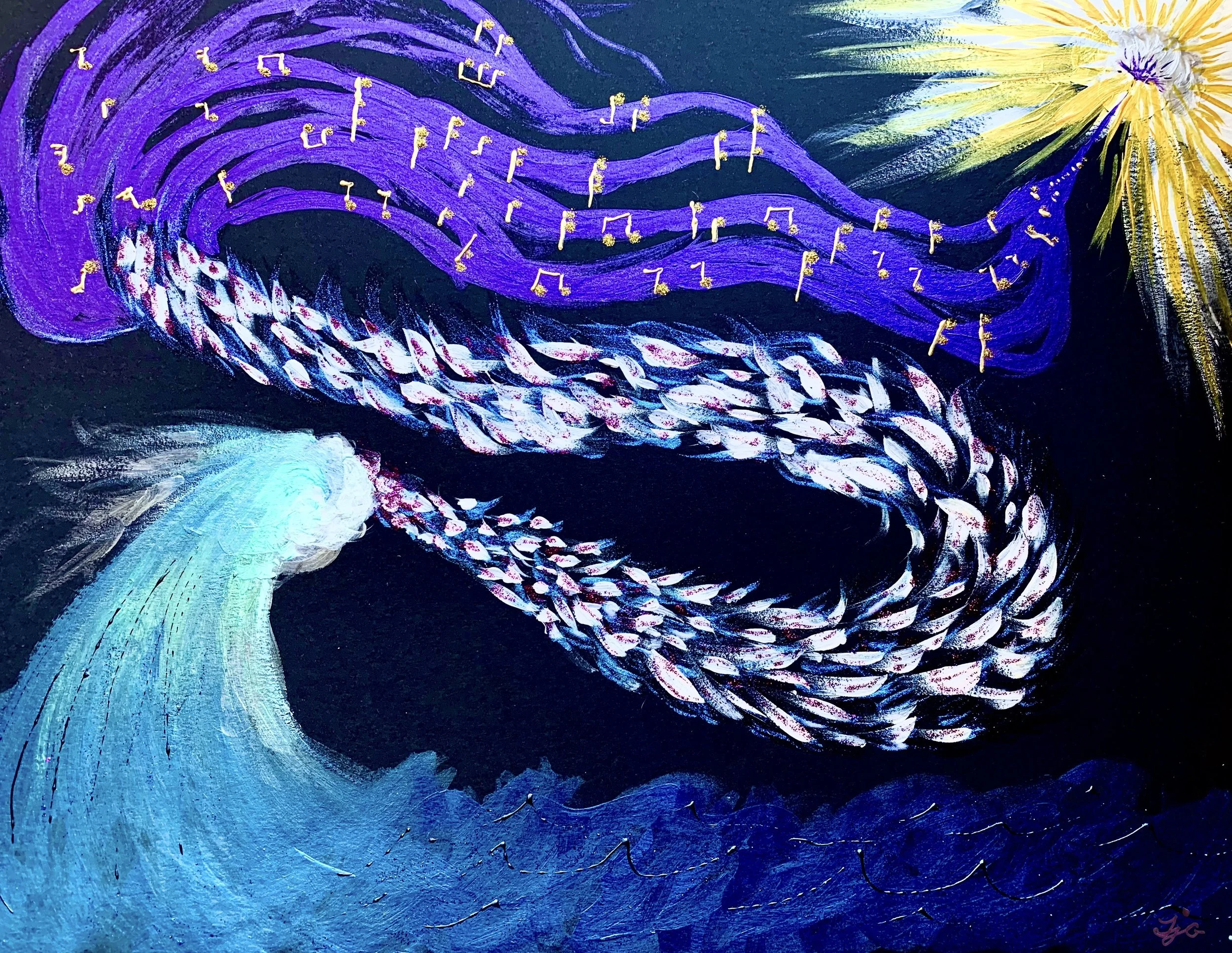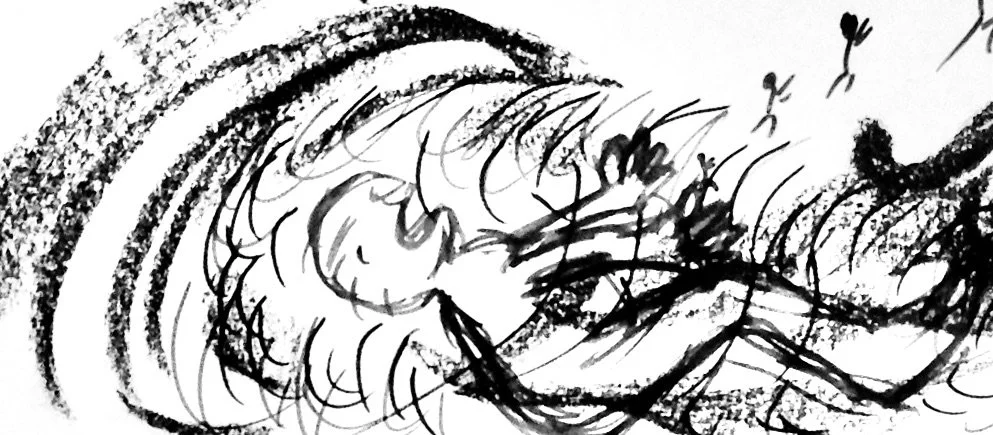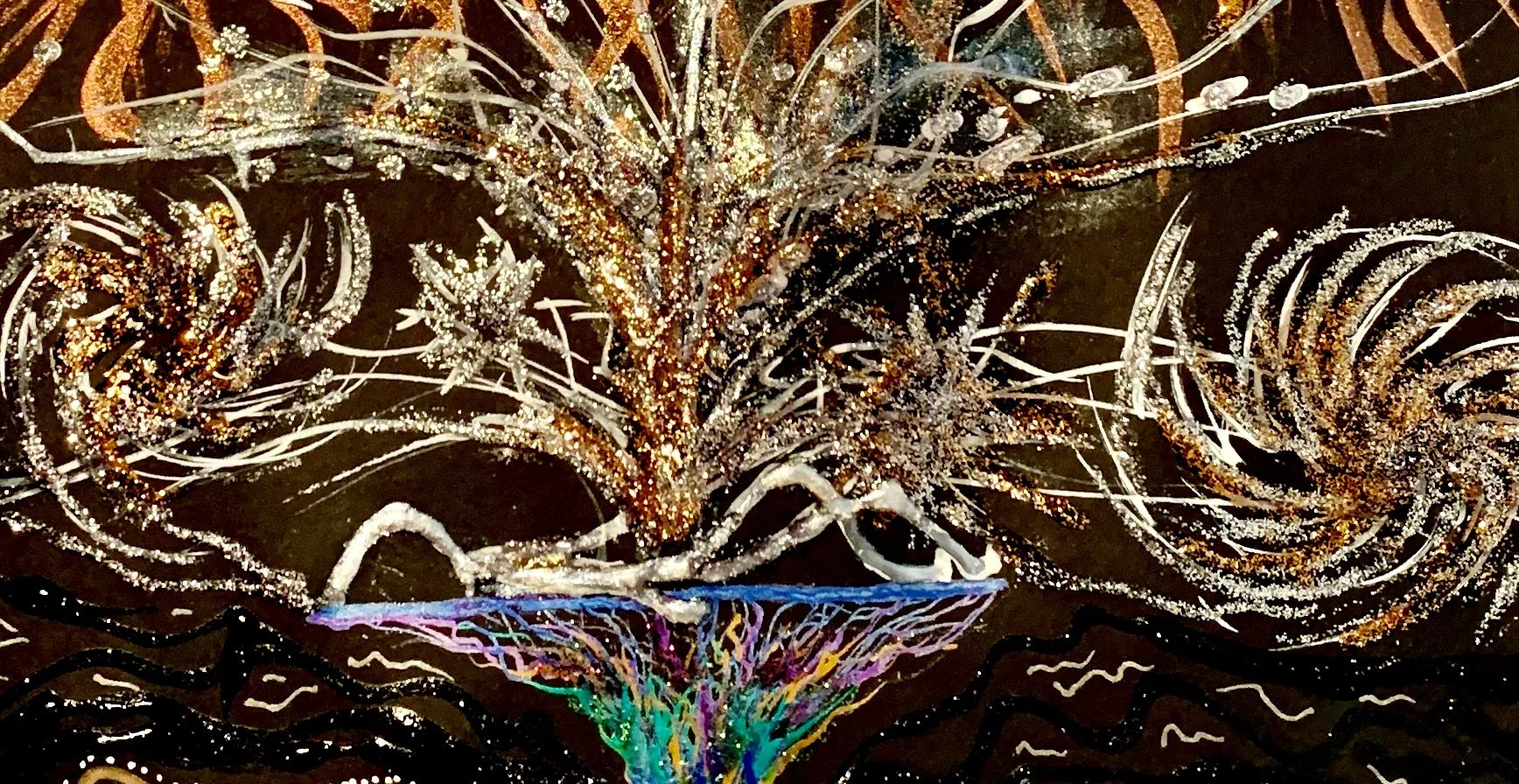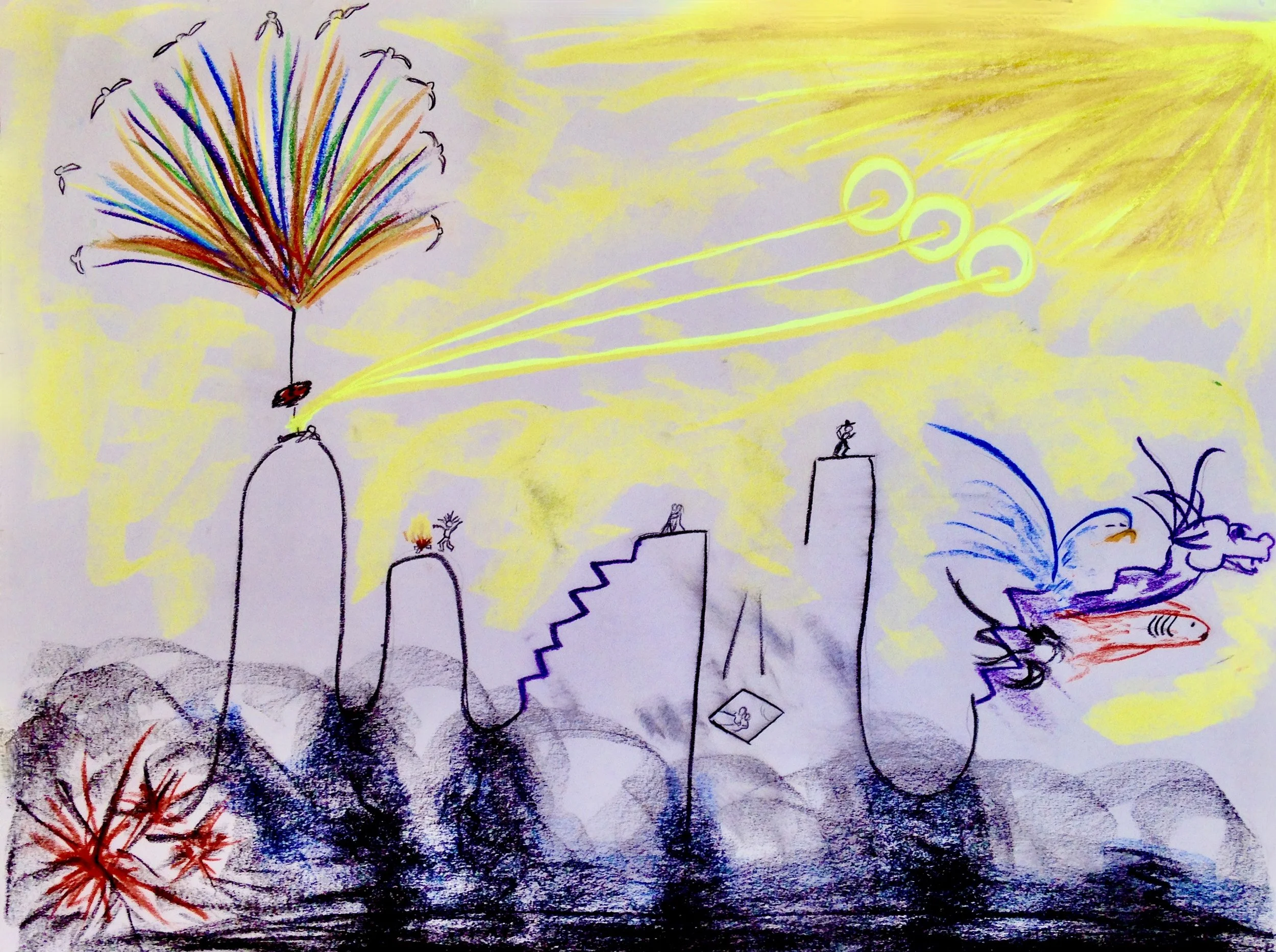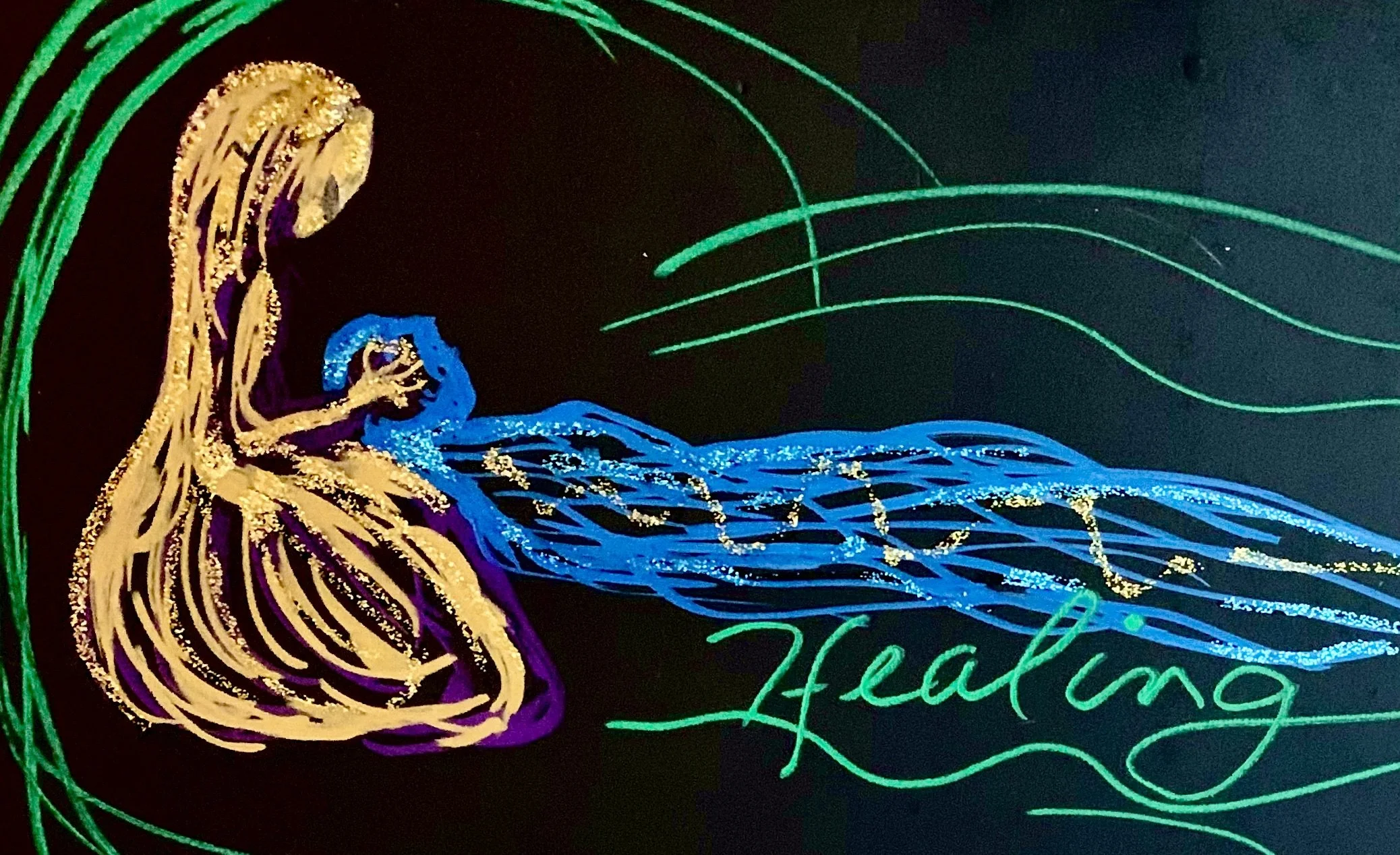ABOUT BREATHWORK
Lisa Gilbert and Stan Grof
Exploring Non-Ordinary States of Consciousness
There are many ways to enter non-ordinary states of consciousness (NOSC)—some rooted in ancient ceremonial traditions, others emerging through modern techniques. Rites of passage, entheogenic substances, meditation, spontaneous mystical experiences, and near-death experiences are some of the gateways to expanded consciousness.
In his online course, Holotropic States of Consciousness: Technologies of the Sacred, renowned psychiatrist Stanislav Grof, MD, PhD explains that certain subgroups of NOSC possess healing, transformative, and evolutionary potential––what he calls “holotropic states.” Among the sacred technologies is Holotropic Breathwork® (HB), developed in the 1970s by Grof and his late wife, Christina Grof.
Through breathwork, individuals can explore these non-ordinary states, unlocking deep personal insights and emotional healing. HB provides a safe, effective way to access transformative states without external chemical aids.
Additionally, Grof Transpersonal Training (GTT) (https://www.holotropic.com )––Founded by the Grofs and later further developed under the leadership of Tav Sparks (now deceased) and Cary Sparks to form a structured facilitator training program. GTT offers international training ensuring that HB will remain available as a tool for healing, personal development and consciousness-expansion for years to come.
In May 2020, Dr. Grof and his current wife, Brigitte Grof, MA, launched Grof® Breathwork and the non-profit Grof Legacy Training,( https://grof-legacy-training.com) based on Stan’s research into psychedelic therapy, holotropic breathwork, transpersonal psychology, and spiritual emergencies. This new training remains based upon the initial holotropic breathwork developed at Esalen Institute in the 1970’s. (Dr. Grof is no longer affiliated with GTT and the brand, Holotropic Breathwork®.)
Additional Breathwork Inspired by Grof’s Work
Grof’s pioneering research and methods inspired: the non-profit Dreamshadow® Transpersonal Breathwork (DTB)(https://www.dreamshadow.com) –developed by Leonard Gibson, PhD, and Elizabeth Gibson, MS,–“is an applied, practice-linked philosophy that uses the method of breathwork as a modern shamanic practice for self-discovery.”
DTB draws not only from Stan Grof, but also William James, Alfred North Whitehead, Carl Jung, Abraham Maslow and others. Its “mission is to foster the creative application of exceptional experience.” Their program has two fundamental aspects based upon breathwork and classic philosophy “to facilitate deep personal exploration and strengthen the ecological and spiritual connections to the cosmos.”
DTB upholds the core principles of Grof ®Breathwork, offering breathwork that fosters expanded consciousness experiences for personal development and healing. And as Vermonters, an important value of the Gibsons is affordability.
Dreamshadow® Transpersonal Breathwork Educational Program: Practical and Theoretical Aspects of Exceptional Experience endeavors to make breathwork facilitator certification attainable by local community members who otherwise could not afford the training. They are also contributing to the training of therapists learning psychedelic assisted psychotherapy.
Why Breathwork?
Each of these Grof-based breathwork practices is guided by trained facilitators, offering a profound tool for trauma healing, emotional processing, and spiritual exploration.
According to Grof Legacy Training:
“ this work is of value to persons interested in deep inner exploration, self-knowledge, and spiritual awareness. It is an excellent experiential adjunct to psychotherapy, as well as a powerful method of self-care for helping professionals.”
Most importantly, breathwork empowers participants. Your “inner healing intelligence”—your Inner Healer—guides the process. By entering non-ordinary states of consciousness, you leave behind rigid, three-dimensional reality, allowing awareness to unfold naturally.
Ready to explore the transformative power of breathwork? Discover more about NOSC and exceptional experiences and how they can support your journey.
CORE ELEMENTS OF HOLOTROPIC BREATHWORK
THE BREATHWORK
Holotropic Breathwork® and Grof® Breathwork are supported processes that incorporate three core elements: accelerated breathing, evocative music, and focused bodywork, each uniquely designed to facilitate deep inner exploration.
Participants engage in the practice in pairs, with one person acting as the helper or “sitter,” while the other assumes the role of “breather”—the individual embarking on an immersive inner journey. After a break, the roles switch, ensuring each participant experiences both aspects of the process.
The foundation of this work is the breathwork itself. Breathers engage in accelerated “circular breathing”, a safe technique in which inhalation and exhalation seamlessly flow together without pauses. This rhythmic, uninterrupted breathing serves as a catalyst, unlocking non-ordinary states of consciousness and allowing for profound self-exploration, emotional release, and transformation.
MUSIC
The second core element, music, is carefully structured to support—but not overpower—the breathwork process. The music set is an intentionally curated compilation designed to enhance breathers’ inner journeys, following a trajectory that unfolds in five consecutive phases over two-and-a-half to three hours:
Opening Music – Establishes a receptive atmosphere and sets the stage for the experience.
Trance-Inducing Music – Deepens the journey, helping breathers enter an altered state of consciousness.
Breakthrough Music – Provides intensity and momentum, encouraging deep emotional release and transformation.
Heart Music – Soothes and nurtures, fostering integration and emotional connection.
Meditative Music – Brings the experience to a close, guiding breathers toward reflection and inner peace.
The first two phases span approximately the first hour, the third and fourth phases shape the second hour, and the final meditative phase completes the journey in the third hour.
As a guiding principle, the music is played at nightclub volume, enveloping breathers in sound. This serves as an intentional auditory container, minimizing noise distractions and allowing participants to fully immerse themselves in their inner process.
FOCUSED BODYWORK
The third core element of Holotropic Breathwork® (HB) is focused bodywork—a distinct practice unlike traditional massage. In HB, the facilitator provides resistance, allowing the breather to engage actively in their own process.
For example, if a participant reports a persistent sensation in their shoulder, the facilitator may apply gentle pressure to that area. Unlike massage—where the therapist actively performs the work—HB bodywork requires the breather to initiate movement, with the facilitator responding by matching the breather’s force. The breather might lean into or lift their shoulder against the facilitator’s hand, deepening the experience and enhancing the release process.
When this technique is applied during a non-ordinary state of consciousness (NOSC), the results can be profound. Stored emotions—held in the body—are often released in a cathartic way, sometimes manifesting through vocalization, deep emotional expression, or tears. If the same action occurred in ordinary consciousness, it would likely yield no emotional breakthrough—underscoring the unique impact of bodywork within NOSC.
Another form of HB’s focused bodywork involves direct support from the facilitator. In some cases, a facilitator may lie beside a breather, holding them while they navigate deep emotional experiences. For individuals who experienced a lack of nurturance in early childhood, this technique can provide what Dr. Grof calls a “reparative experience”—offering a profound sense of healing that traditional psychotherapy cannot reach.
Finally, bodywork can play an important role in helping breathers return to ordinary consciousness, gently guiding them to the present moment when support is needed after their transformative inner journey.
EXPLORING NON-ORDINARY STATES OF CONSCIOUSNESS
GROUP PROCESS & ARTWORK
see gallery tab for more examples of mandalas
Alongside the three core elements, group process and artwork are integral components of HB sessions. While individual sessions are possible, they are uncommon—most participants engage in group workshops, fostering a shared experience.
Just as HB bodywork differs from traditional massage, group process is distinct from psychotherapy groups. Workshops begin with an opening gathering, where participants set intentions and prepare for their journey.
Following the breathwork sessions, a sharing circle offers participants the opportunity to reflect on their experiences and present their artwork (mandala) without judgment or analysis from facilitators or group members. Interpretations are considered part of an individual’s Inner Healer process, contrasting with traditional psychodynamic psychotherapy, where expert therapists provide interpretations.
The workshop concludes with a closing session, during which facilitators provide final instructions.
At the end of each breathwork session, breathers create a “mandala”—an expressive piece of art that aids in integrating their non-ordinary experience. The significance of the mandala may be immediately clear or emerge over time, sometimes revealing deeper meaning long after the workshop concludes. Facilitators encourage participants to keep their mandalas, honoring them as powerful representations of their journey.
One of my HB mandalas


